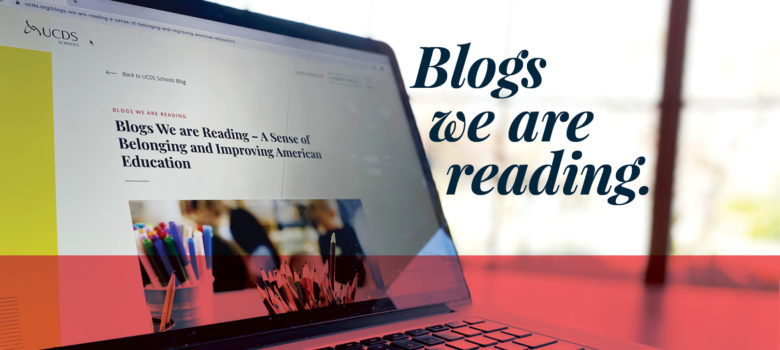By Jenn Drake, Early Elementary Teacher
Reading Levels Unfairly Label Learners, Say Critics. And Then There’s the Research.
When I first learned about the leveling system created by Fountas and Pinnell, I was getting my Master’s Degree in Teaching Reading. These two researchers created their system to describe complexity in books, and they measured a number of factors ranging from size of text to the complexity of theme. Their intent was for teachers to use this as a tool to form small reading groups and guide the children in those groups toward deeper understanding. For years I used their assessments and taught guided reading groups. Never did I tell the kids “their level” as is so often done these days. Because it’s not about the kid. These levels are designed to describe books, not children. It seems to me that when teachers give a child “their level,” they are being lazy or uninspired, or simply don’t know the limiting effect that labeling can have on kids. I’m so glad that this article was published in SLJ, as I hope it makes its way into many school libraries and then into the hands of teachers who can speak up about this ever-growing problem!
Why Making Time for Friends is Good for Your Health
While I’ve yet to read Lydia Denworth’s new book, Friendship: The Evolution, Biology, and the Extraordinary Power of Life’s Fundamental Bond, I believe in the importance of connection. I see that every day as a classroom teacher. Every child in that room has the drive to connect with their peers and teachers. Some of them are naturals in this area, attracting others to them, while others need a lot of coaching on how to initiate conversations or practice perspective taking. While reading Edward L. Deci’s book on motivation (Why We Do What We Do), I discovered the idea that relatedness is actually a basic psychological need in human beings, similar to Denworth’s claim. Given that connections to others is so important to our health and well-being, it seems critical that we, as teachers, make social emotional learning essential to the daily classroom routines.




